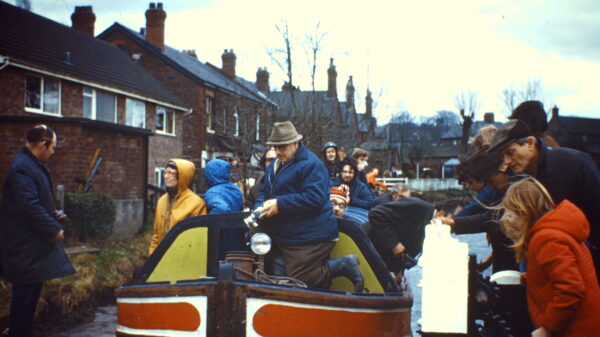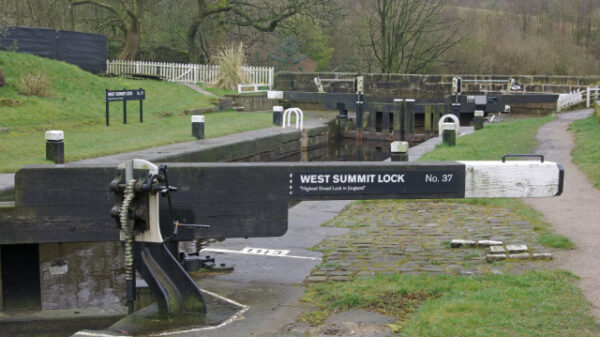From Manchester to the Sowerby bridge
The Rochdale Canal was the first of three canals to be built across the Pennines and was opened in 1804. It was a busy commercial route during the nineteenth century but traffic declined during the late 19th and early 20th centuries. In 1952, the majority of the canal was closed to navigation despite stiff opposition from IWA. However, as a result of IWA’s campaigning, a clause requiring the 9 locks in Manchester to remain open until the Aston Canal was legally abandoned was inserted.
After restoration of the Ashton and Peak Forest Canals, attention turned toward the Rochdale and Huddersfield Canals, and the Rochdale Canal Society was formed in 1974. After many years of campaigning, the Rochdale Canal was the first major waterway restoration to receive a Millennium Lottery Fund grant and this was matched by funding from English Partnerships (the government’s then economic development division) in recognition of the social and economic benefits the restored canal would offer.
The devolution of English Partnerships’ responsibilities to the Regional Development Agencies presented funding difficulties but The Waterways Trust took over ownership of the Rochdale Canal Company (which owned the canal) and brought funding arrangements to fruition. British Waterways was appointed to carry out the work and operate the waterway. Following the formation of Canal & River Trust to take over BW’s network in 2012, the Waterways Trust’s responsibilities were also transferred to Canal & River Trust.
The Rochdale Canal had two Arms – the Rochdale Branch (0.5 miles) and the Heywood Branch (1.5 miles), neither of which have been restored yet.




